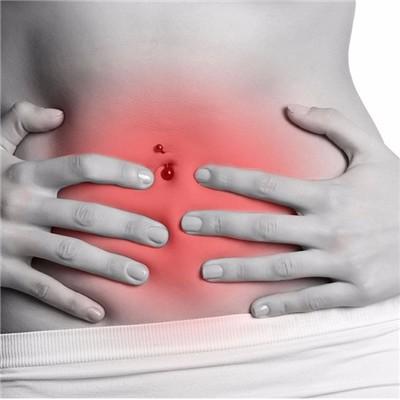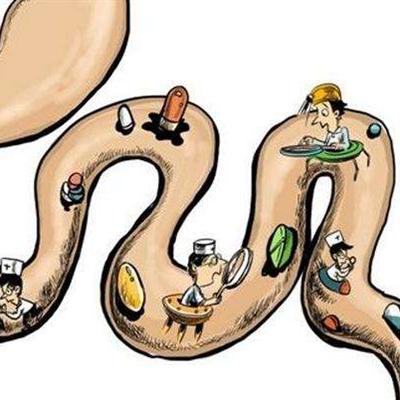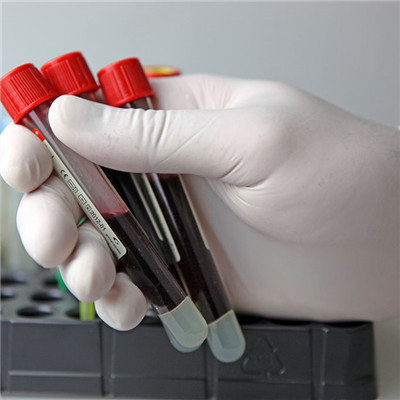The main symptoms of hookworm disease are
summary
Hookworm disease is caused by hookworm parasitizing human small intestine. Anemia, malnutrition and gastrointestinal dysfunction are the main clinical manifestations. Severe cases can lead to developmental disorders and cardiac insufficiency. Hookworm parasitic on human body is mainly hookworm duodenum or American plate mouth nematode. The main symptom of hookworm disease is to share my views with you next.
The main symptoms of hookworm disease are
First, mainly hookworm dermatitis and respiratory symptoms. Dermatitis often occurs between fingers or toes, dorsum of foot and ankle. When hookworm is drilled, there is a local burning or needling sensation, followed by congestive spots or papules, with odd itching, and it turns into blisters after 1-2 days, commonly known as "ten itches of excrement, toxic excrement or keloids of excrement". Generally, the symptoms disappeared and the lesions healed in 4-10 days.
Second: about one week after infection, the patient may cough and expectorate, especially at night. In severe cases, there is blood in the sputum. Accompanied by paroxysmal asthma, throat itching, hoarseness and other respiratory symptoms and low fever, lasting for several weeks. Dry rales or wheezes can be heard during lung examination. X-ray examination showed that the lung stria became thicker or patchy infiltrating shadow, which disappeared spontaneously after a few days.
Third: most of the patients have upper abdominal pain or discomfort, loss of appetite, dyspepsia, diarrhea, emaciation, fatigue, etc. 1-2 months after infection. Patients with severe infection often have heterophilia, such as eating raw rice, soil and so on. The patients with gastrointestinal bleeding occasionally show persistent black stool, which is often misdiagnosed as duodenal ulcer bleeding. There are also individual reports of alimentary tract hemorrhage caused by ancylostomiasis in 5-month-old infants.
matters needing attention
1. Management of infectious sources: in epidemic areas, general investigation and treatment should be conducted every winter. 2. Cut off the route of transmission: strengthen the management of feces, pay attention to the harmless treatment of feces, prohibit the fertilization of fresh feces, adopt the high temperature composting method, or use drugs to kill the eggs in the feces, which are the key measures to prevent the disease.















